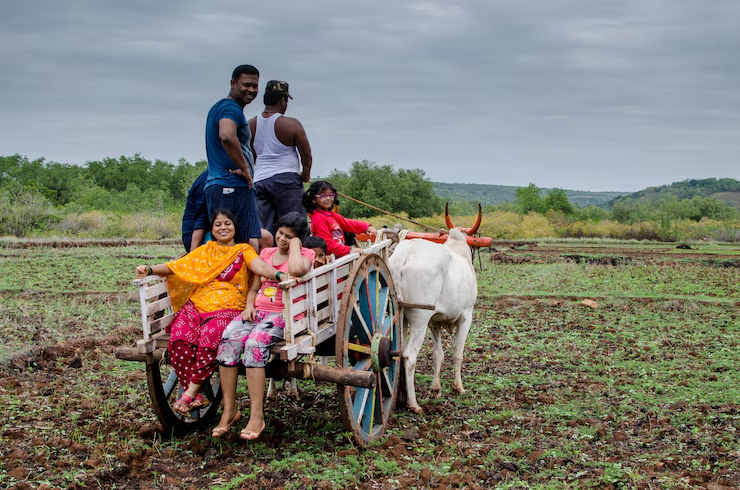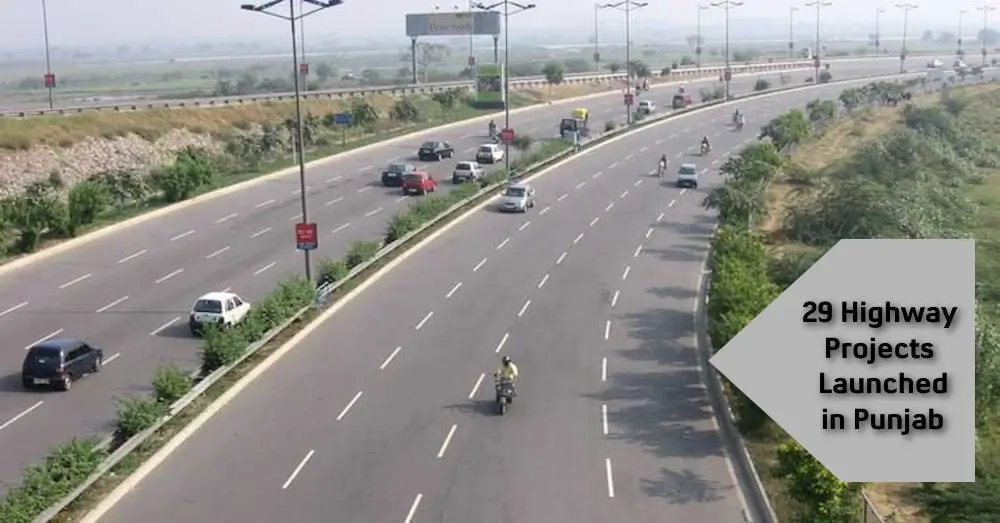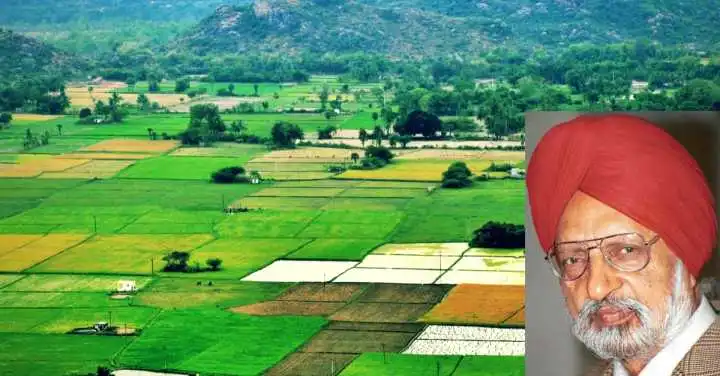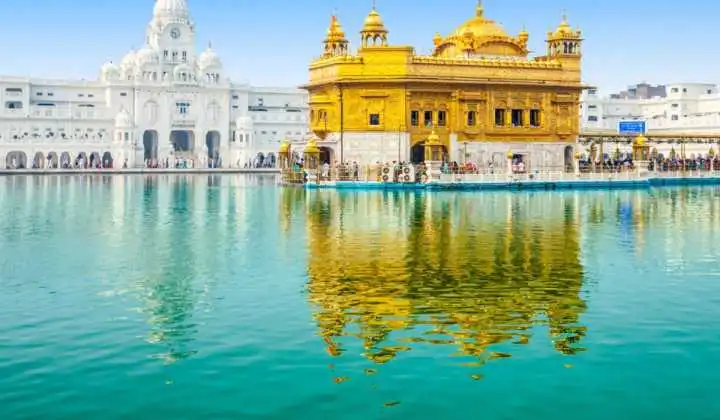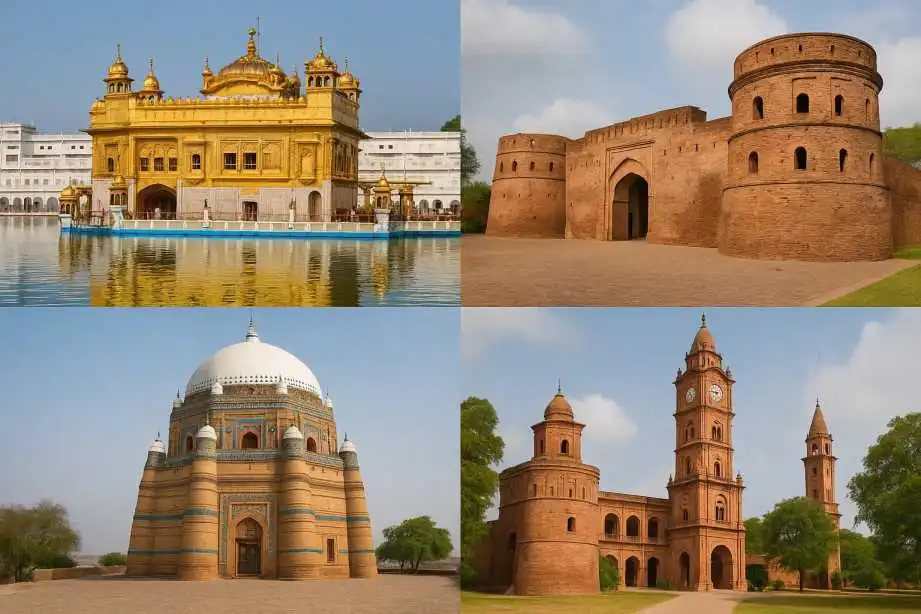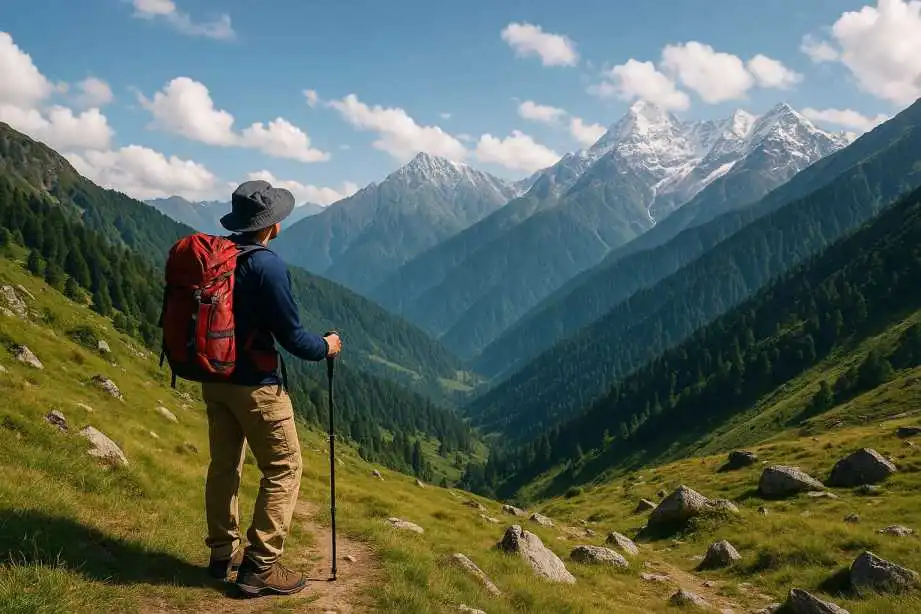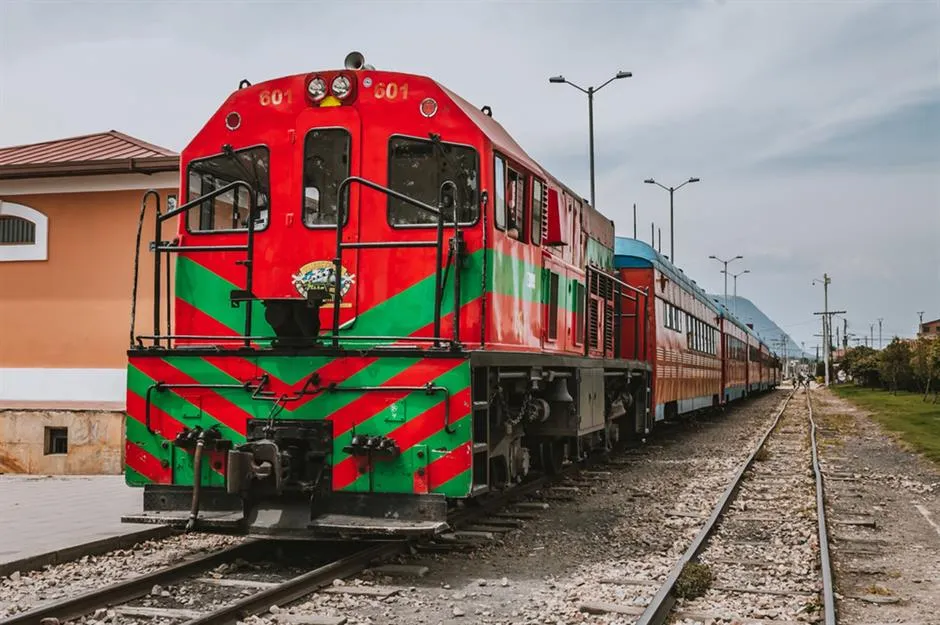Think of a vacation. Not a beach. Not a big city. Instead, you stay on a farm. That's agri-tourism. Farmers open their homes or their land. Guests learn about farming and can help with daily tasks. They eat fresh, local food. Maharashtra started this early. The state saw a way to help farmers.
It saw a way to give tourists something different. The Maharashtra State Agri and Rural Tourism Cooperative Federation (MSARTCF) began. This group helps farmers to start agritourism spots. It sets rules and helps train people. This support has helped many farmers to turn their farms into welcoming places.
Why People Go to Farms Now?
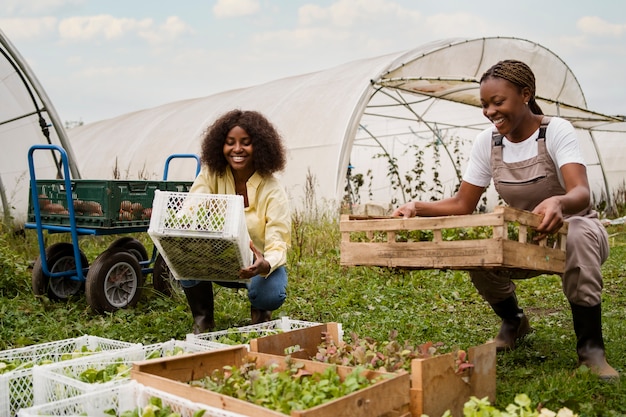
People want real stuff, as they're tired of the usual trips. They want to learn. They want to feel connected. Agri-tourism offers exactly that. Real Life: You see where food comes from. Maybe you milk a cow. Or pick vegetables. Hands-on stuff, which is very different from city life.
- Peace and Quiet: Farms are calm. No traffic. No crowded streets. You hear birds and the fresh air hits you. It’s perfect for relaxing.
- Local Food: The food is super fresh and is Often grown right there. You eat home-cooked meals and enjoy Old recipes. They taste amazing.
- Family Fun: Kids love it. They run around. They learn about flora and fauna. It’s great for families to spend time together.
- Help Locals: Your money goes right to the farmers which helps their families. It helps the village. It’s tourism that actually helps people.
Places Doing Agri-Tourism Well
Maharashtra has many good spots all over the state. Each feels a bit different. Baramati, near Pune, started agri-tourism here. It's dry land with smart farming. Baramati Agri-Tourism Centre is a famous spot. Visitors see modern farming and learn about fruit trees. They can visit a dairy farm. Guests often ride a bullock cart. They eat fresh farm meals. This center shows farming can be fun for tourists. It also teaches a lot.
The Konkan region is also growing. That's the coast. Here, agri-tourism often mixes with nature. Think mango farms. Cashew trees. Coconut groves. Stays here often mean walks through these farms. You learn about rice. Many places have fresh seafood. Visitors might help pick mangoes or learn to make kokum juice, which is very different from farms inland.
The Nashik district grows grapes. Agri-tourism here often means vineyards. Guests see how grapes grow and learn about making wine. Some places offer wine tasting. It's farming plus a bit of luxury.
In places like Junnar and Purandar, near Pune, you find farms with all sorts of crops. Pomegranates. Custard apples. Lots of vegetables. Farm stays here often focus on old village activities. You might grind grains or make chapatis on a chulha. That’s a clay stove. The idea is simple: real village life.
What You Do on a Farm Stay?
The activities are simple. But they feel so good.
Farm Work: Get up early. Help milk a cow. Feed chickens. Go to the fields. Pick fresh vegetables. Or help clear weeds. It connects you to the land. You see where food comes from.
Cook Old Ways: Many farm stays teach you. You learn to cook local food and use fresh stuff. Often, you cook over a wood fire or on an old stove. This is real culture. You learn recipes from old families.
Nature Walks: Walk through fields. Explore nearby woods. See birds. Spot bugs. Learn about plants. It’s calm and connects you to nature.
Village Tours: Walk through the village. Meet people and See their homes. Understand their day. Maybe visit a temple. Or a small school. You get a true feel for the place.
Culture Fun: Sometimes, folk dances happen, or even folk music. You might learn about local crafts. Chances to really dive into Maharashtra’s rural culture.
Just Relax: Sometimes, doing nothing is best. Sit on a porch. Read. Listen to farm sounds. Breathe fresh air. Perfect for unwinding.
Helping Locals, Staying Green
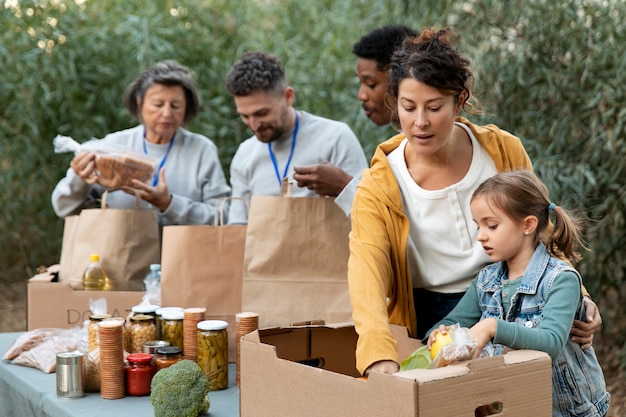
Agri-tourism is more than a trip. It’s a deeper bond. It helps local people directly. Farmers get extra cash, which makes life better for them. It stops young people from leaving villages and going to cities. It gives them a reason to stay. They can keep old ways alive. It helps small businesses in the village. Everyone benefits, whether shopkeepers, guides, or craft makers.
This kind of travel also pushes green living. Farmers who host guests often farm in good ways. They use less water and use natural plant food. They compost waste and teach visitors to do so. They see how it works. This helps everyone think about nature more. You see fresh food and get how much work it takes. This makes you appreciate food more. Often, it means less waste.
The local families welcoming you are huge. They treat guests like family and share their lives. They tell stories. This personal touch makes it real. You're not just a tourist. You become part of their world, even for a short time.
Government Help and Future Plans
The Maharashtra government really likes agri-tourism. They see its future. The Maharashtra Agri Tourism Development Corporation (MATDC) does a lot. It trains people and offers loans. It helps farmers meet standards. This help means more farms can join, and visitors get a good trip.
Recent numbers show it’s growing. Before 2020, about 100 agri-tourism places existed. By early 2023, that number jumped to over 400. The government wants 1,000 centers by 2025. That's a clear plan for growth. They also work on better roads to these spots. They help with advertising.
This growth is good for everyone, whether farmers, villagers, or travelers wanting something new. It helps Maharashtra show its real village charm. It's a way to keep old ways alive and bring new life to villages.
A Real Taste of Maharashtra
Agri-tourism is a special travel story. It's a way to peel off city layers. You get to see Maharashtra's heart and savor its fresh food. You feel the soil. You meet its warm people. It’s not just a holiday. It's an experience. It changes how you see things. It’s a chance to truly connect to the land and to its culture. It’s a real journey right to Maharashtra’s roots.


